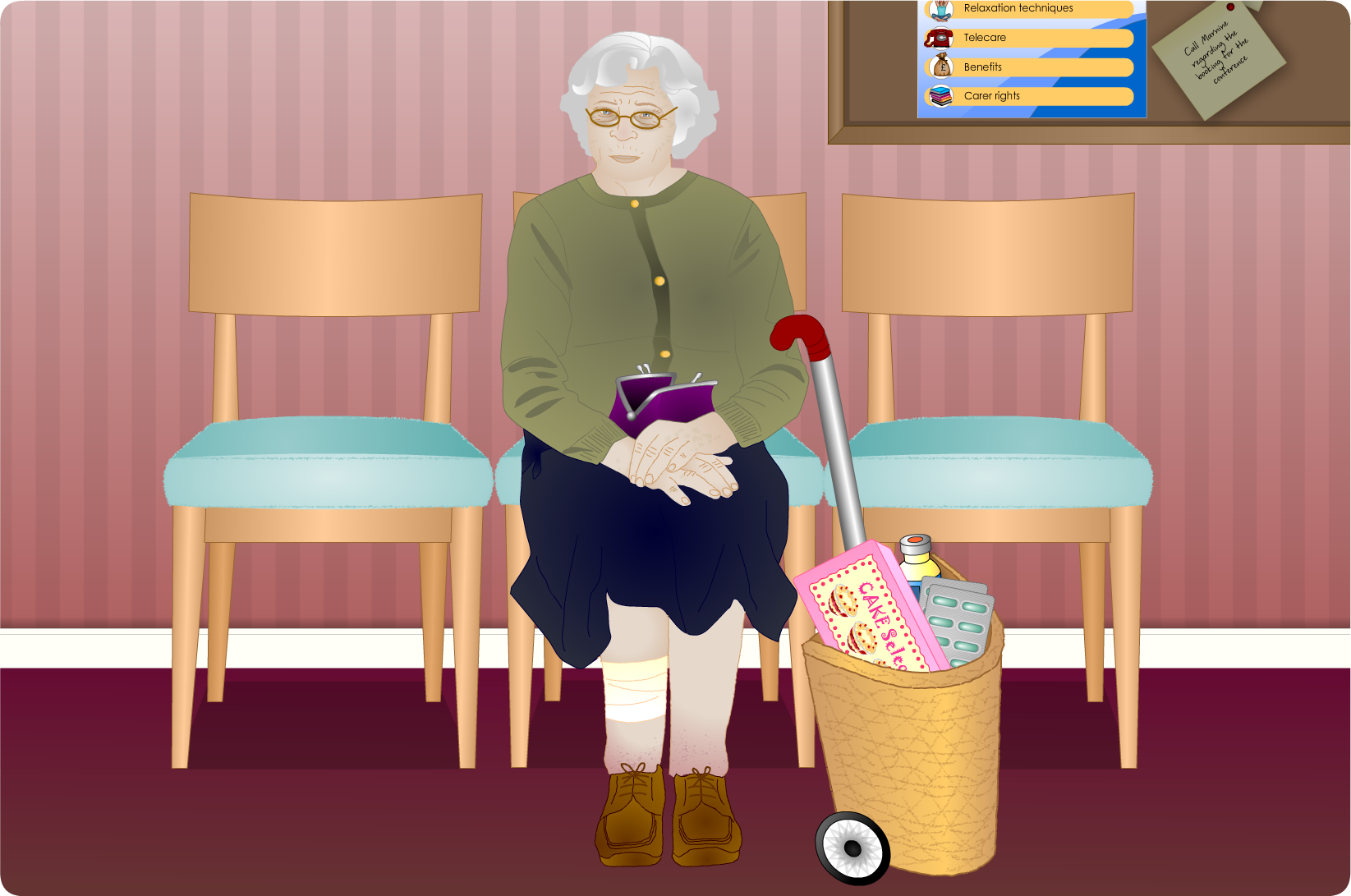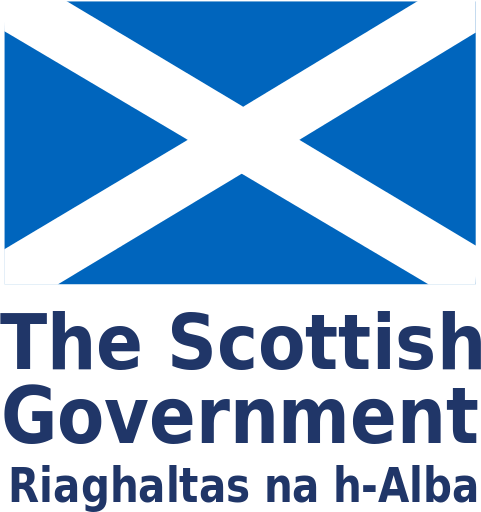
Molly MacKenzie is a 82 year old lady who has come to the surgery for the wound clinic. She was diagnosed with LVSD 8 years ago in the cardiology clinic. She was discharged from the cardiology clinic due to her valve disease being in-operable. Molly also has diabetes and renal disease. She has a leg ulcer which is not healing. Molly lives alone, was widowed young and doesn´t have any children but does have a niece who visits once a month.
Picture of wee lady with her shopping trolley sitting in the waiting room. Bag of tablets and cakes in trolley. Empty purse in hand. Bandage on one leg, both are swollen. Looks pale and worried.
Pulse point
In-operable valve disease: In older people the most common cause of valve disease is thickening which makes the valve less mobile so restricts/obstructs the flow of blood which leads to symptoms of fatigue and breathlessness.
Medications are the best way to relieve symptoms of an obstructed or leaking valve. Surgery is performed only if obstruction or leaking of valve is severe. The cardiologist may request tests to grade the level of valve disease and the effect it is having on the heart function e.g. echo, exercise stress test and coronary angiography.
Molly is not a candidate for surgery due to other co-morbidities. Her risk factors are;
- diabetes
- hypotension
- potential for blood clots
- infection – leg ulcer not healing and incontinence
- renal dysfunction
- arthritis
The risks outweigh the expected benefits of intervention/spontaneous outcome for Molly. Finally, a decision should be reached through the process of shared decision-making, first by a multidisciplinary ‘heart team’ discussion, then by informing the patient thoroughly, and finally by deciding with the patient and family which treatment option is optimal.
Page last reviewed: 28 Jul 2020


